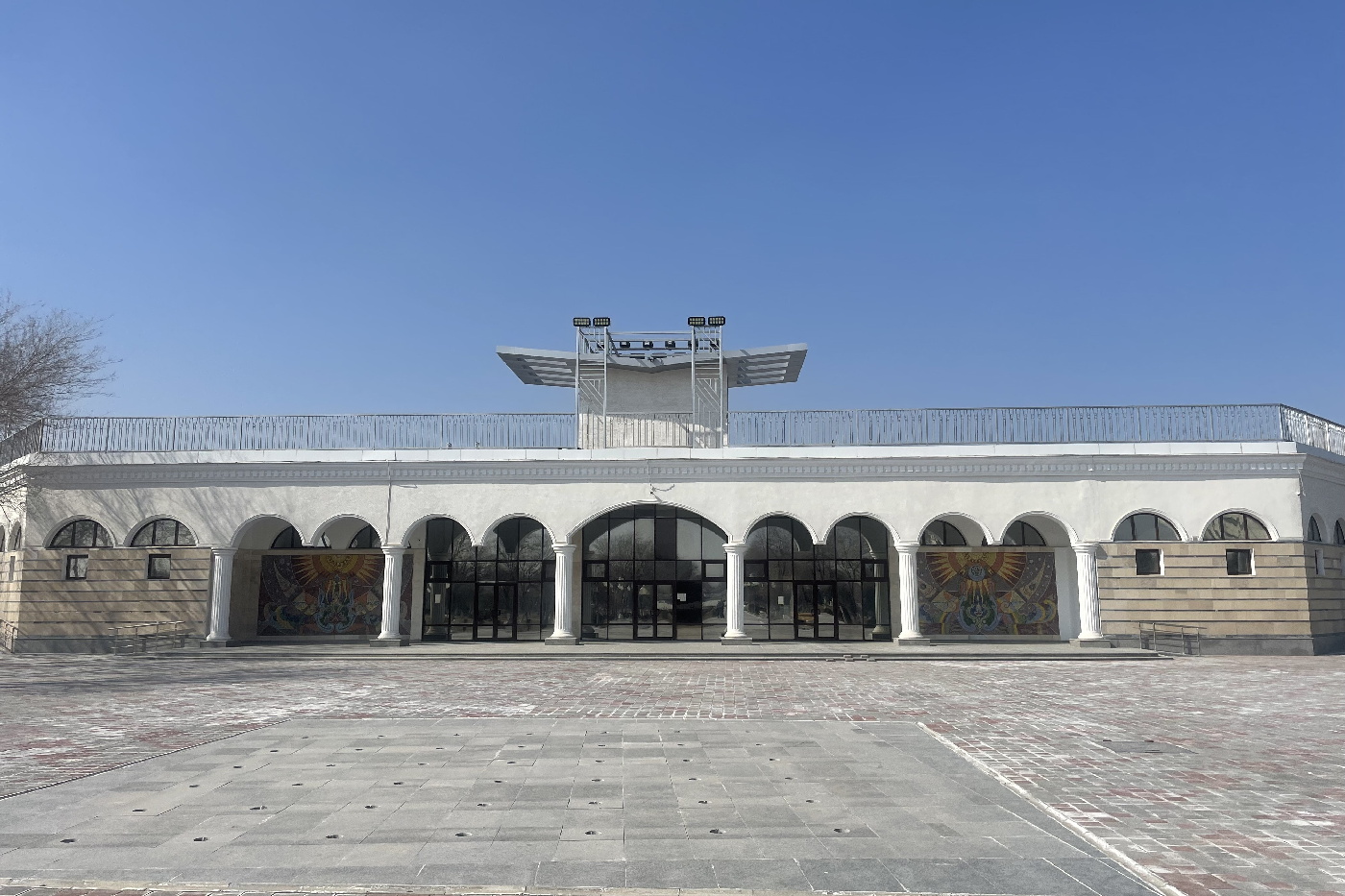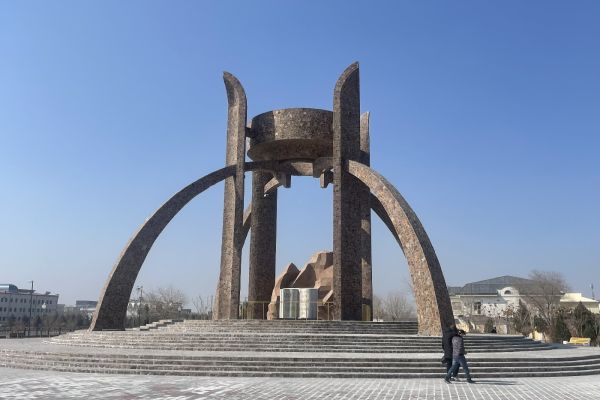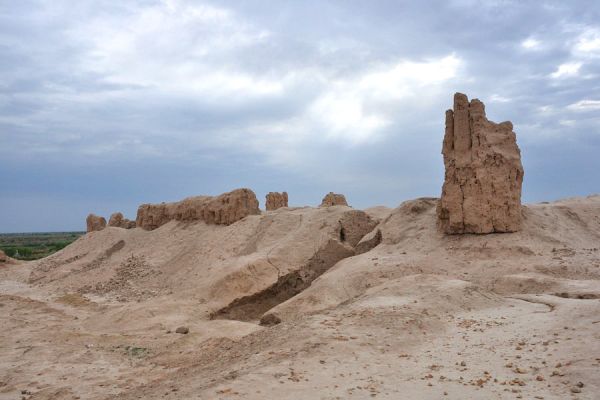Avesta Urgench Museum
In the center ofUrgench (Republic of Uzbekistan), on the picturesque shore of the Shavat Canal (Shahabad), in the Avesta park complex, there is a Museum of the History of Zoroastrianism under the Oltin Meros Foundation (Golden Heritage).
The 18–meter-high monument, symbolizing one of the four elements of the universe - fire, was built according to the project of Khorezm architect Polvonnazir Salaev for the 2700th anniversary of the creation of one of the oldest sacred writings, the Avesta.
In the eastern part of the park complex there is an amphitheater with 2.5 thousand seats, where festive events, celebrations and concerts are held.
The museum, founded in 2001, is located in the premises under the amphitheater and has in its collection more than 2,000 exhibits collected by museum enthusiasts and the public.
Most of the exhibits belong to the period of Zoroastrianism and testify to the history of the origin of this ancient religion in an oasis near the banks of the Amu Darya River (Oxus-Ceyhun) and the coast of the Aral Sea.
Today, about 1 million people practice Zoroastrianism. They live mainly in Gujarat and Bombay in India, as well as in the province of Shiraz in Iran.
There are many unique exhibits in the Avesta Museum. These are petrified wood, which is about 85-90 million years old, ceramic and wooden household utensils of the I-II centuries BC, a majolica slab of the IX-X centuries, a manuscript of Alisher Navoi's book "Hamsa" of the XV century.
The museum is visited daily by pupils of schools and lyceums, students, tourists, as well as many officials: diplomats of foreign embassies and representative offices, journalists of international publications. The ambassadors of the United States of America, India, Iran, China, Korea, Poland, Hungary, Armenia, the Russian Federation and many other countries have left their feedback in the museum's visitors' book.




























